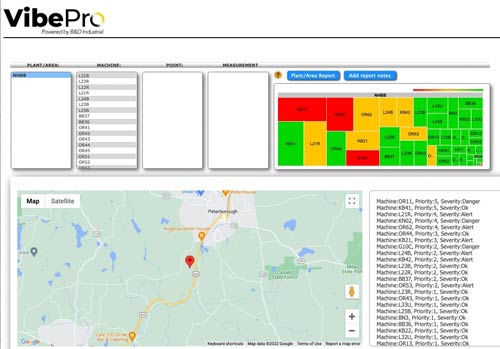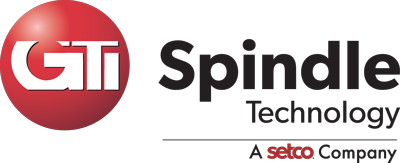The push and pull between production teams and maintenance teams is a familiar story on shop floors across all sectors. Maintenance wants to keep machines running well, maximizing efficiency and lifespan; production wants a steady stream of finished parts going out the door.
We all know who gets their way most often. Production, who tend to run machinery — spindles, in particular — to the point of failure.
Cost-Benefit Analysis
With a very short-term view of things, this method makes a degree of sense. After all, maintenance means downtime which means you’re not making money, unless you have a back-up unit to swap into service. But the truth is that running spindles to failure leads to repair bills that are higher and lead times that are longer — in some cases, dramatically so — than they would be otherwise.
Here’s an example. If you remove a spindle for repair just as its beginning to show signs of wear, you’re looking at what we call a Schedule A repair: new bearings and light (if any) grind-chrome plate-regrinding, for a cost of about $5,000.
If you run the same spindle to the point of failure, you’re looking at a much more extensive Schedule C repair: new bearings; full grind-chrome plate-regrinding of both shaft bearing journals and of housing bores, and stator rewinds. Repairs at this level start at $15,000, or 300% more. And that doesn’t include the cost of longer periods of unplanned downtime or damage to other parts of your machinery that more violent failures can cause.
Pushing production to the point of spindle failure may seem smart short-term, but in the longer term you’re wasting huge amounts of money on unnecessary repairs.
Cost Savings with Predictive Analysis
 Luckily, there is a relatively simple way to get both your production and maintenance teams on the same page, working together to keep production up while simultaneously saving repair and maintenance cost. It’s predictive analysis, paired with cloud-based reporting.
Luckily, there is a relatively simple way to get both your production and maintenance teams on the same page, working together to keep production up while simultaneously saving repair and maintenance cost. It’s predictive analysis, paired with cloud-based reporting.
The spindle of any given machine operates within exceedingly specific bearing frequency ranges, particularly when it comes to acceleration and velocity. Your spindle could be far outside of these tolerances, damaging your equipment, long before a human ear would be able to tell.
With a vibration monitoring system, you can keep track of exactly how your spindles are performing. And with cloud-based reporting, both your production and maintenance teams have easy access to current and actionable performance data. They’ll be empowered to stop fighting and instead collaborate on building a maintenance schedule that helps maximize production and the life of machining equipment, while preventing costly Schedule C repairs.

